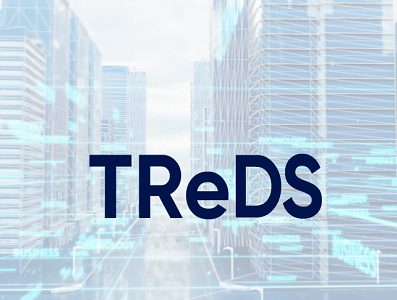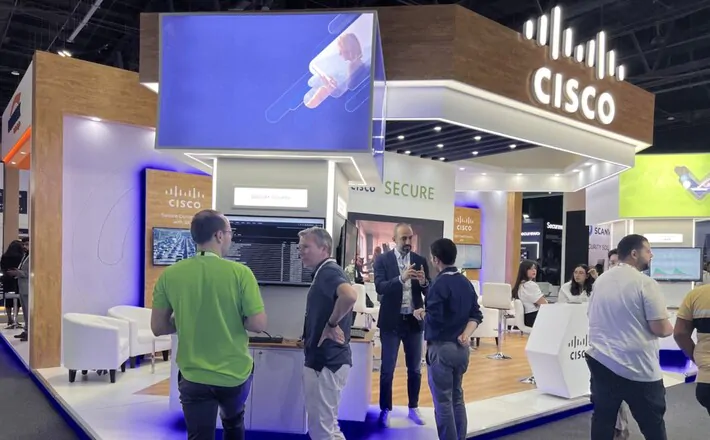
TReDS stands for Trade Receivables Discounting System. RBI launched this in 2018 to encourage and promote MSME businesses. One of the most common troubles of MSMEs is the untimely payment of invoices from the vendors. COVID just magnified this issue for them. And how does TReDS help here? – This is an online platform that allows these MSME suppliers to discount their invoices and bills and enables them to receive payments without much hassle.
For Small and Medium Enterprises, this platform also reduces annual interest payout. The primary motive of TReDS is to encourage MSME sellers to discount their bills and invoices raised against vendors and manage their working capital demands more effectively.
What Do We Mean By Invoice Discounting?
Table of Contents
To simply understand what invoice discounting means, imagine it as a series of small loans backed by invoices. The lender (who’s giving you money) is aware that you owe them, but is willing to back you up with most of the invoice amount before your customer pays you.
Essentially, most MSMEs face trouble with working capital requirements as they are dependent on their clients/customers paying them. This is the exact problem that invoices discounting solves by easing their business by providing loans against invoices.
TReDs – How Did It Come Into Play?
In 2014, the central bank first presented this TReDS. Post that, in 2017, the government granted permission and licences to three platforms that can operate on this TReDS mechanism.
The three platforms are:
1. RXIL (a joint venture of NSE and SIDBI)
2. Mynd Solution’s M1Xchange
3. Invoicemart (a joint venture of Axis Bank and mjunction services)
Core Features Of TReDs
This platform has multiple features that come in handy for MSMEs to help them navigate smoothly, seamlessly, and without much hassle. Some key features are listed below:
- Automated and digital system
- Complete all your transactions online
- Quick access to needed funds without needing paperwork
- Streamlined procedures and standardised policies for smooth flow
- Competitive and attractive discount rates
- Zero Collateral – get access to working capital without any collateral.
- Get access to working capital in less than 72 hours.
- This helps shorten your cash cycles, as you can get quick access to working capital by invoice discounting your unpaid invoices.
- This is all done off-balance sheet. So when you avail of collateral-free invoice discounting service, it shows no negative impact on your books.
- All of these features help you avail working capital seamlessly, which helps in MSMEs business expansion and growth.
Some Best Advantages Of TReDs:
For Sellers
- As it is completely digital, it takes extremely little paperwork and capital.
- In a very reasonable time, the vendors usually acquire the receipt of funds.
For Buyers
- Enrolling on the TReDS platform, buyers can systematically track their cash flows
- This also ensures that their payment cycles are smooth, error-free, and seamless
- Creates transparency, trust, and convenience as the entire process is automated and digital.
For Finance Providers
- Finance providers get access to a much broader market.
- As the system is automated and process-driven, it ensures the qualification of instruments.
- It helps reduce high operational costs.
Criteria For Establishing And Operating The TReDs
Any entity interested in operating and developing the TReDS must meet certain requirements to do so. We’ve listed down the criteria here for easy reference:
- Budget Requirements
- Since the TReDS is not authorised to take up credit risk, the minimum paid-up equity (capital) requirement is INR 25 crores.
- Other than the promoters, any entity will not be allowed to own more than 10% of the equity capital of the TReDS
- In the case of foreign ownership, the TReDS will come under the current foreign investment policy and be governed by it.
- Due Diligence of Promoters
SEBI and RBI defined certain criteria and will judge the promoters and their organisations accordingly.
- Under the Issue of Capital and Disclosure requirements regulation by the SEBI in 2009, for any organisation (or their promoters) to serve as TReDS, they must be ‘fit and suitable.’
- RBI will evaluate the applicants’ status based on their previous records (sound financial credentials and record integrity) for at least 5 years.
- Other enforcement/regulatory departments like the CBI, the Income Tax Department, the Enforcement Directorate, and the SEBI might also request feedback on the applied candidates, if and when necessary.
3. Technology Capabilities
The TReDS must have strong tech capabilities to ensure smooth operations. It should meet the following tech requirements.
- It must be able to provide a digital platform to all its participants.
- It should have a proper business plan that includes surveillance capabilities and a disaster recovery site that monitors all the data like prices, positions, and volumes to ensure no system manipulation occurs.
How Does The TReDs Platform Assist MSMEs With Working Capital?
- Small organisations can use the TReDS platform to raise capital by putting their trade receivables in an auction.
- Before the buyer makes the payment, a finance provider or a bank (basically the vendor) bids on the bills from an MSME before the due date.
- Post that, the working capital gets allocated to the MSMEs account.
This is an excellent platform for MSMEs to meet their constant liquidity needs, and since this is an off-balance sheet transaction, this does not disturb the financial health of the MSME
Next Steps
Currently, the platform serves over 10,000 MSMEs. For all MSMEs, registering your business on this platform is one of the best ways to direct the government’s attention to your working capital needs. You have to go to the Udyam Portal or TReDS portal, enter your basic details, and register for free. More than 6.3 million small businesses are yet to be registered. Do not be one of them.






